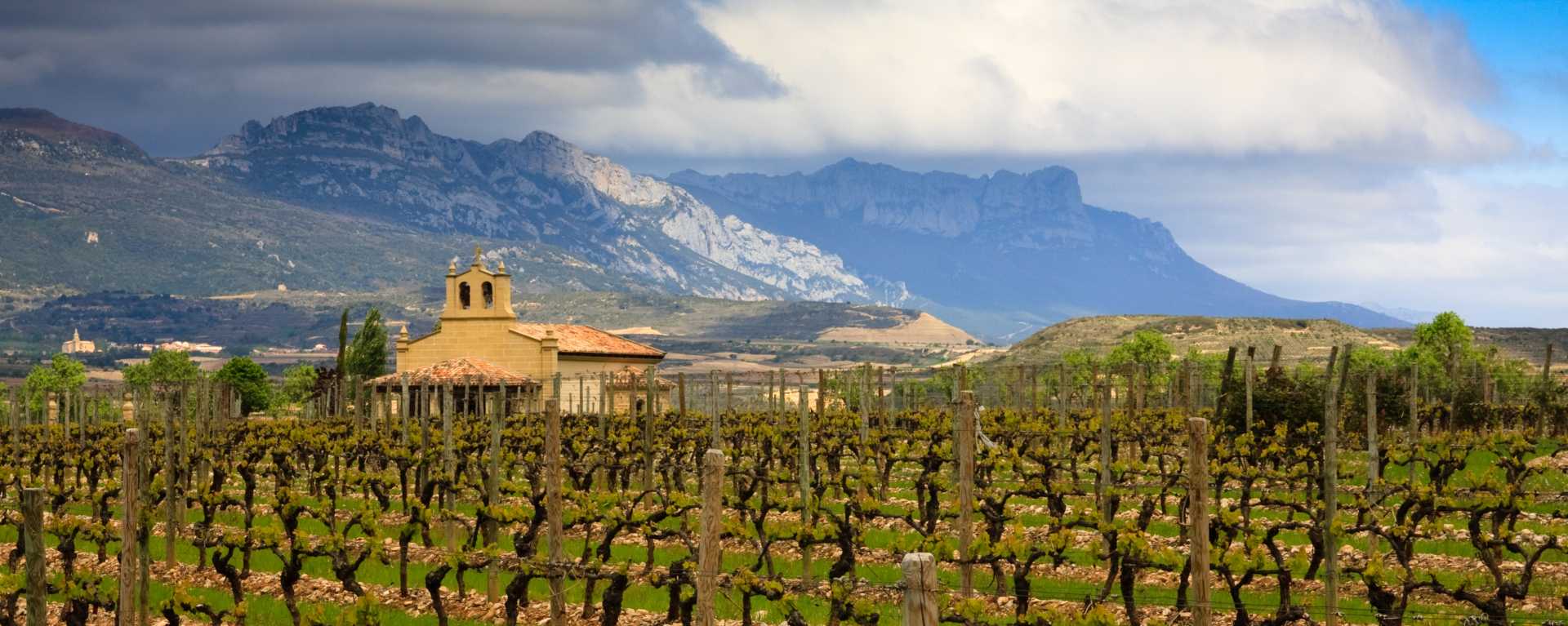Celler Pasanau Priorat La Planeta 2005
-
Robert
Parker


Product Details
Your Rating
Somm Note
Winemaker Notes
Professional Ratings
-
Robert Parker's Wine Advocate
The 2005 Finca La Planeta is composed of 80% Cabernet Sauvignon blended with 20% old vine Garnacha and aged for one year in new French oak. Deep crimson-colored, it presents an expressive nose of mineral, violets, black cherry, and black currant. Ripe, sweet, and racy on the palate, it will continue to blossom with another 3-5 years of cellaring. Drink it from 2013 to 2020.
Other Vintages
2004-
Robert
Parker
-
Wine
Enthusiast
-
Wine
Spectator
-
Wine
Spectator
-
Wine
Spectator
-
Wine
Spectator





The Pasanau family are perennial growers in Priorat, with vineyards located in the highest municipality of the region, literally skirting the sheer rock wall of the Sierra de Montscant, which forms the Priorat's viticulture boundary to its north and west.
At over 2,400 feet, Pasanau's "Finca La Planeta" dominates the regional landscape and experiences Priorat's widest daily temperature variation. This helps to retain freshness in the concentrated, late-harvested grapes, resulting in a uniquely tight-knit, albeit typically powerful Priorat style. The long, arid growing season, as elsewhere in Priorat, severely limits yields while packing the fruit with mineral extract and complexity.

A noble variety bestowed with both power and concentration, Cabernet Sauvignon enjoys success all over the globe, its best examples showing potential to age beautifully for decades. Cabernet Sauvignon flourishes in Bordeaux's Medoc where it is often blended with Merlot and smaller amounts of some combination of Cabernet Franc, Malbecand Petit Verdot. In the Napa Valley, ‘Cab’ is responsible for some of the world’s most prestigious, age-worthy and sought-after “cult” wines. Somm Secret—DNA profiling in 1997 revealed that Cabernet Sauvignon was born from a spontaneous crossing of Cabernet Franc and Sauvignon Blanc in 17th century southwest France.

Tiny and entirely composed of craggy, jagged and deeply terraced vineyards, Priorat is a Catalan wine-producing region that was virtually abandoned until the early 1990s. This Spanish wine's renaissance came with the arrival of one man, René Barbier, who recognized the region’s forgotten potential. He banded with five friends to create five “Clos” in the village of Gratallops. Their aim was to revive some of Priorat’s ancient Carignan vines, as well as plant new—mainly French—varieties. These winemakers were technically skilled, well-trained and locally inspired; not surprisingly their results were a far cry from the few rustic and overly fermented wines already produced.
This movement escalated Priorat’s popularity for a few reasons. Its new wines were modern and made with well-recognized varieties, namely old Carignan and Grenache blended with Syrah, Cabernet Sauvignon and Merlot. When the demand arrived, scarcity commanded higher prices and as the region discovered its new acclaim, investors came running from near and far. Within ten years, the area under vine practically doubled.
Priorat’s steep slopes of licorella (brown and black slate) and quartzite soils, protection from the cold winds of the Siera de Monstant and a lack of water, leading to incredibly low vine yields, all work together to make the region’s wines unique. While similar blends could and are produced elsewhere, the mineral essence and unprecedented concentration of a Priorat wine is unmistakable.
